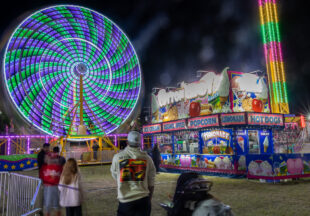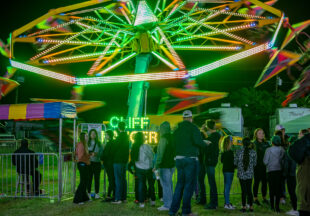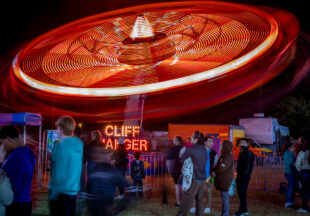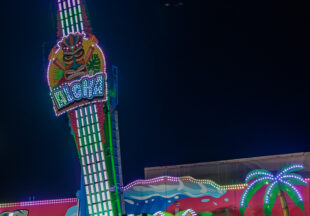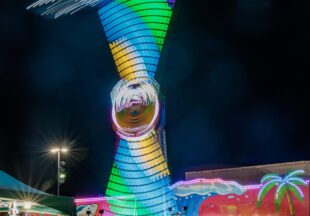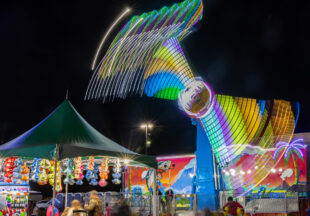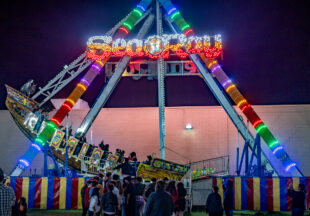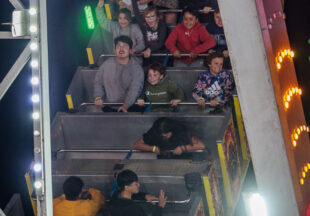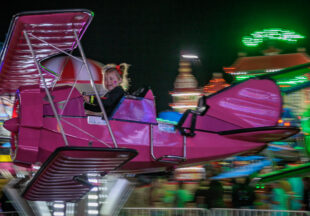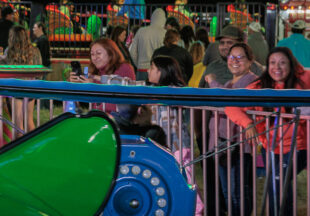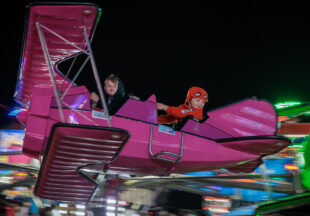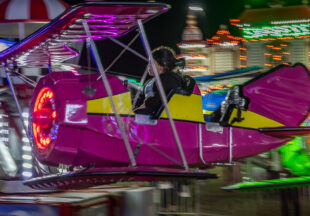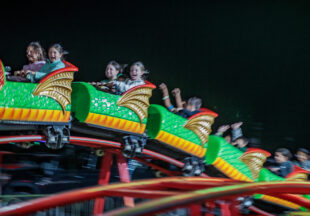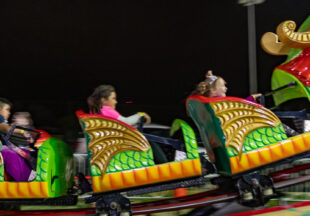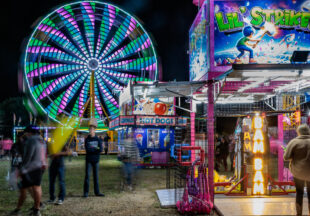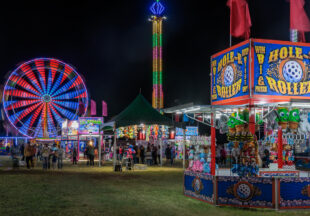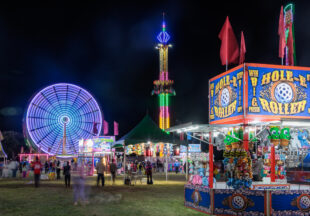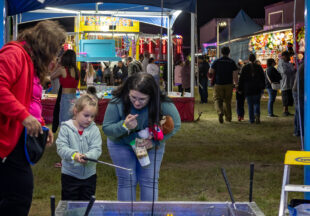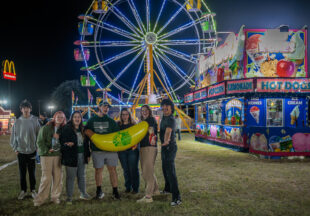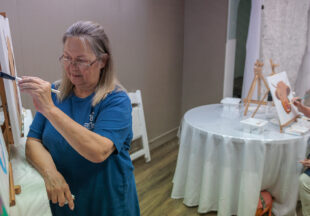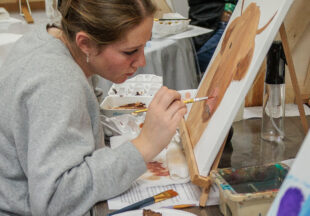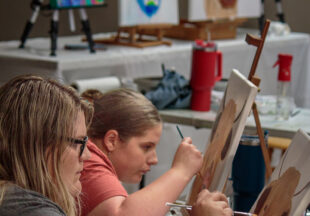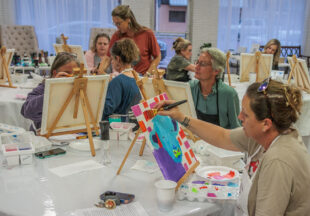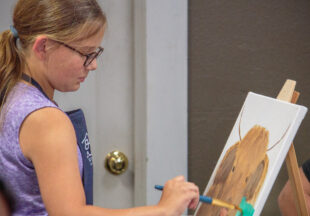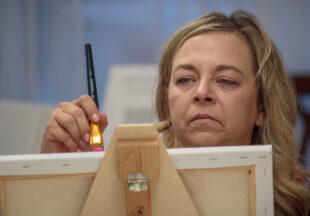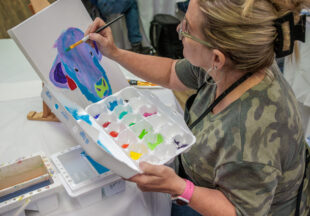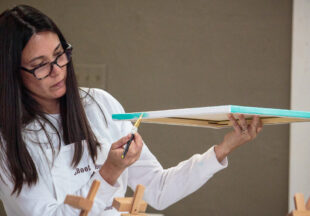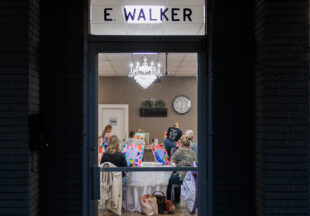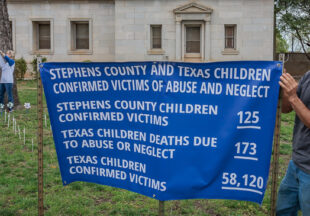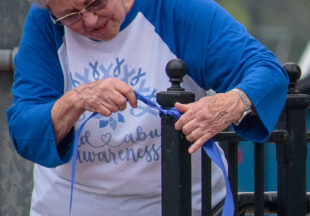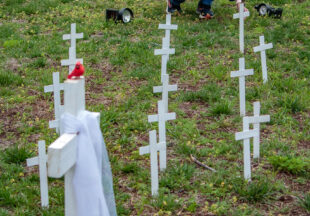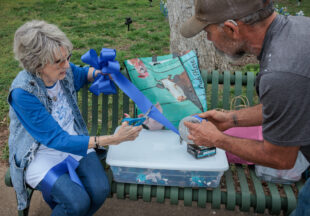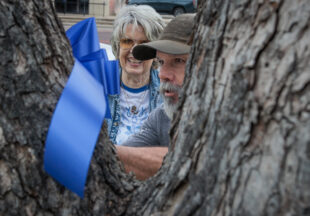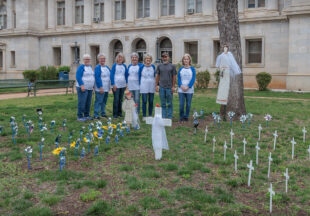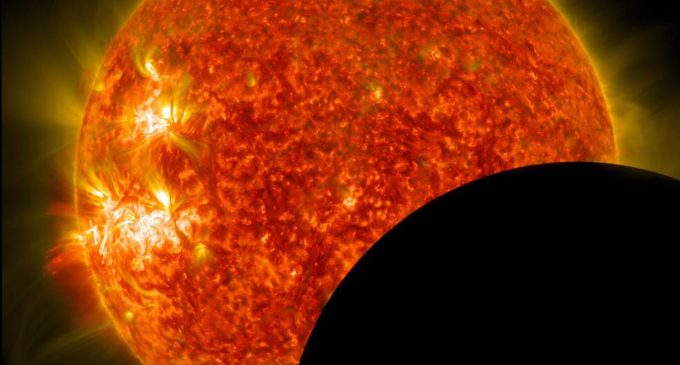
UPDATE: All three Breckenridge elementary schools have announced that they will be keeping their students inside during today’s solar eclipse, since looking at the sun during a partial eclipse can cause eye damage. Parents may check their children out of school to view the eclipse at home, and the schools request that parents wait until after 10 a.m. to take the kids out so that they don’t receive an absence for the day. For more information, check with the individual schools Monday morning.
For some family-friendly eclipse-related activities, visit the NASA activity page:
https://eclipse2017.nasa.gov/activities
A little after 11:30 a.m. Breckenridge time Monday, Aug. 21, the sun, the moon and the earth will start to line up so that the moon completely blocks the sun from some points on earth, an event known as a total solar eclipse. As the eclipse occurs, the shadow will across the entire width of the continental United States, from west to east, for the first time in 99 years, but only those places along a relatively narrow pathway will see the total eclipse. The rest of the country will see only part of the sun blocked.
Breckenridge is not in the “path of totality,” the swath across the United States that will see the total eclipse. However, residents in this area should be able to see a partial solar eclipse with about 75 percent of the sun blocked out by the moon. The eclipse is expected to begin here at 11:36 a.m. with the maximum eclipse occurring at 1:04 p.m. and the final portion ending at 2:34 p.m.
According to many reports by eclipse experts, even 25 percent of the sun will shine so much light down on this area that the eclipse may not be that noticeable to anyone who’s not looking for it. The daylight may be a little dimmer or muted, but it will not be dark outside, as it will be in the path of totality.
One thing that will be affected by the eclipse, even is this area, is the shape of the light that shines down from the sun. One suggested way to experience the eclipse in an area such as Breckenridge is to make a pinhole viewer. This can be a simple piece of cardboard that you make a tiny hole in the middle of with a pin or thumbtack. The hole needs to be round and smooth.
Hold the piece of cardboard so that the sun shines onto it. Do not look at the sun. The cardboard should cast a shadow on the ground with a small dot of sunlight shining through the hole you punched. When there is no eclipse, the dot of sunlight should be round. As the eclipse begins, you should be able to see the image of the moon crossing the sun via a shadow on the dot of sunlight.
Other items with holes in them can be used in the same manner, such as a colander, your thumb and forefinger curled together to make a small hole through which sunlight can pass, even a tree with lots of leaves that sunlight filters through.
One of the main concerns for doctors and scientists – and moms everywhere – is that people will look up, directly at the sun as the eclipse takes place and damage their eyes. Although it may be safe to look at the total solar eclipse during the totality phase, that’s not happening here. We’ll only be seeing a partial eclipse in Breckenridge, and it will not be safe to look at the sun at any time during the event without special eclipse glasses.
If you do not have eclipse glasses, view the eclipse via a pinhole viewer or watch it on TV. Several television networks and internet sites will broadcast the eclipse over several hours on Monday.
An alternative to eclipse glasses can be welding helmets but only those with a sufficiently high number. According to the NASA website: “The only ones that are safe for direct viewing of the sun with your eyes are those of Shade 12 or higher. These are much darker than the filters used for most kinds of welding. If you have an old welder’s helmet around the house and are thinking of using it to view the sun, make sure you know the filter’s shade number. If it’s less than 12 … don’t even think about using it to look at the sun. Many people find the sun too bright even in a Shade 12 filter, and some find the sun too dim in a Shade 14 filter — but Shade 13 filters are uncommon and can be hard to find.”
For more information on safe viewing of the solar eclipse, visit the NASA website at: https://eclipse2017.nasa.gov/safety.
If you are disappointed that you will not be able to see the total solar eclipse, be patient. In seven years – that’ll be 2024 – there will be another total solar eclipse that crosses the United States. Then, it will be coming from south to north and will cut across Texas. The path of totality in 2014 will be as close as Fort Worth.
Story by Carla McKeown
Carla.mckeown@breckenridgetexan.com
Photo courtesy of NASA.







